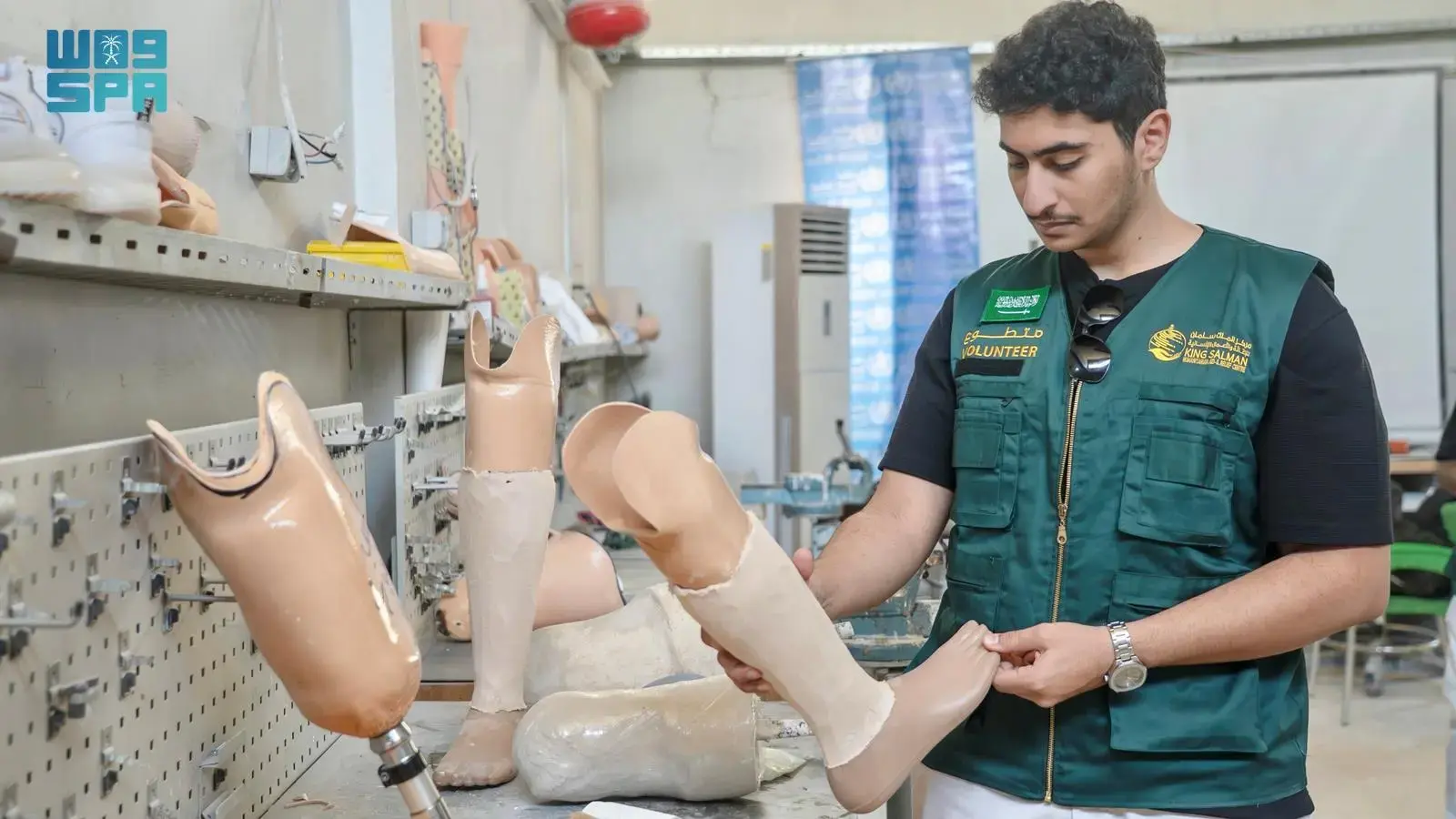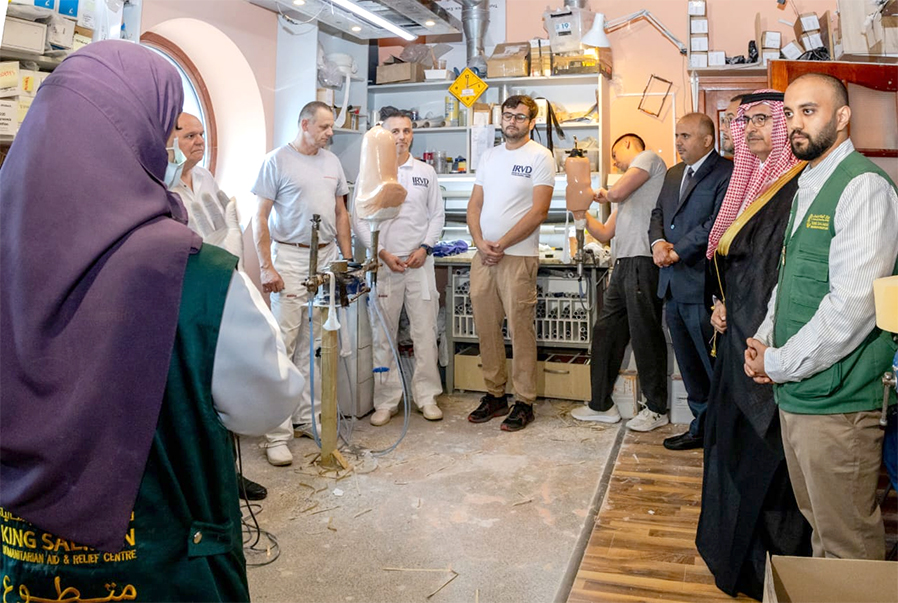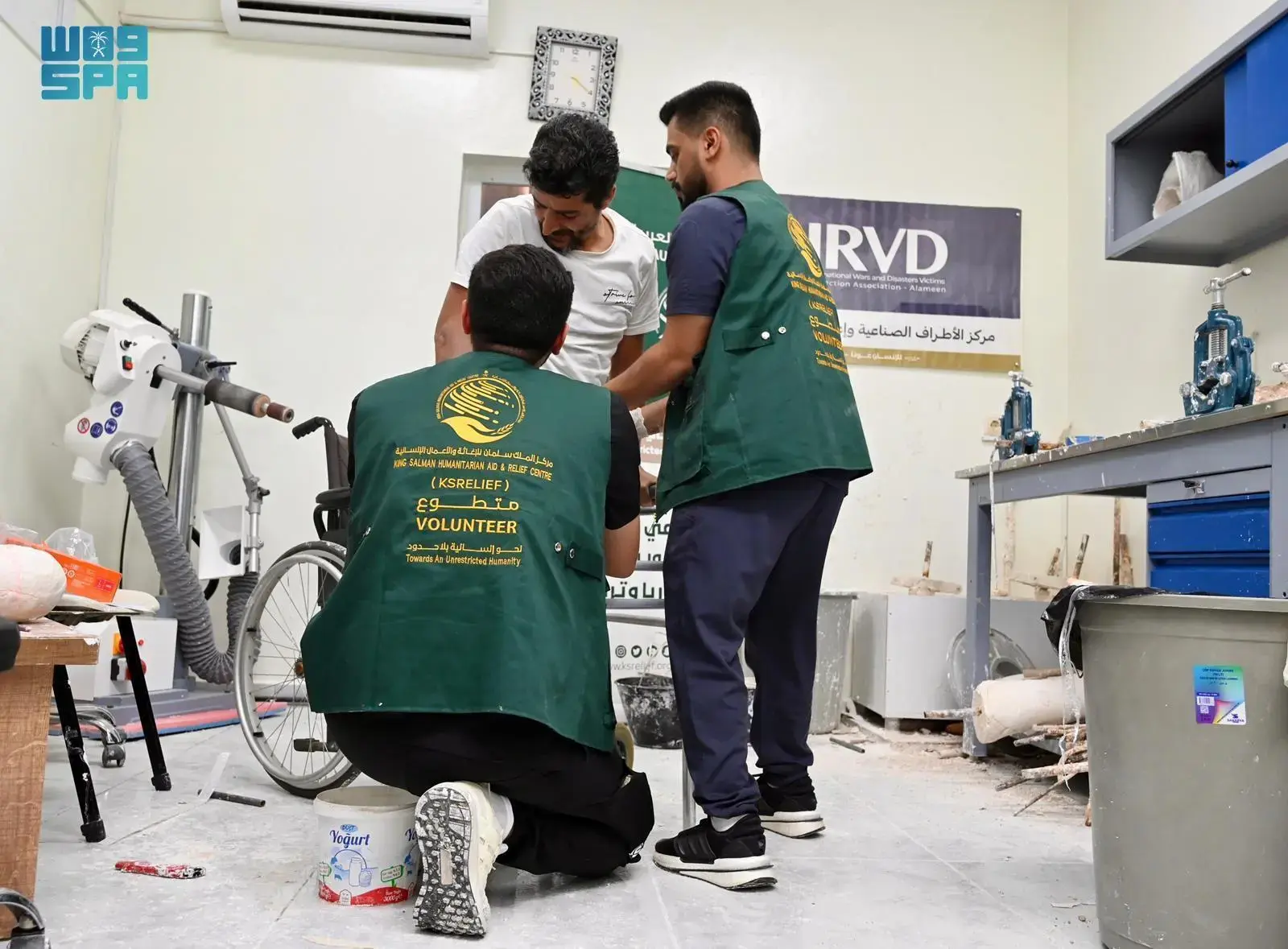Summer bridge students presented their final prototypes for prosthetic goose feet Friday at the Rawl Engineering Practice Facility at the University of Oklahoma.
The program’s twentieth year in operation has just seen its largest cohort ever, said Brandon Abbott, director of the summer bridge program at OU, who could not be prouder.
These are summer students just coming into college, who will be first year college students in the fall.
“These are our future engineers. These are the ones who are going to tackle the really, really big problems and challenges that are pressing our society today. And I think we’re in really good hands,” Abbott said.
The prototypes the STEM students designed followed a real-world problem brought to the college by a farmer out of Newalla, Oklahoma, in Cleveland County. His goose, named Peebly, was injured in a machine accident at a young age, and only had one foot because of it. That’s where the students came in.
The goose feet were designed as part of a four-week program that put together teamwork, electrical work, design in 3D modeling software used by engineers in the field, and creativity to turn a brainstorming session into something they can hold in their hands.
“Sometimes four weeks of intentionality can really make a huge difference in someone’s life. And then hopefully, they go on to change the world,” Abbott said as he described the program.
The students had a total of four weeks to learn about the project, but in truth, Abbott said, they officially had only about two and a half weeks to come up with, design, and model their prototypes. They worked in teams on their projects.
“All of us work on a different part,” said Addison Rosser, a STEM major who worked on the project. She described the stages of the group project, from brainstorming to creating the model in CAD, a real-world engineering design software, and actually using the raw materials to create and assemble the prototype.
Prosthetics for Peebly the goose would have to be tough – to stay on a running and jumping bird, as well as waterproof for swimming in the pond. Rosser explained more about their prototype.
“Danny over here worked on our circuit board. So what would happen, a remote control would control these lights and turn them on. So like, let’s say people lost it. Or if it was like running, and then it fell off, and then someone would have to go find it. He would be able to just turn on the lights and find it,” Rosser said.
She also said the lights on the prosthetic would be bright enough to see from afar, but not bright enough to hurt the goose’s eyes.
Another team’s goose foot had a GPS locator, so no matter where Peebly went, the farmer could find him.
“It’s like a scaled up version of the GPS module,” said STEM major Aziza Chugh, who worked on the electrical component. “That’s the GPS module that actually tracks the location. So if we plug this into a computer, and if we take a walk around the engineering pod, we should be able to get our live location by latitude, longitude coordinates with the date and time,” she explained.
Whether he is lost wearing the leg, or the leg itself is lost, the farmer should be able to find it, Chugh said.
Abbott said there are 54 student participants in this year’s program – for many, “the first formative experiences that they are getting to have with engineering and STEM,” he said.
“They go on to impact change and affect change throughout the next four or five years here, but also then in their professional careers, and we see many of them who’ve gone to get Fulbright Scholarships and go to Sri Lanka to work in the Langmuir populations and doing these really, really amazing things. So I have no doubt that they, one day, will be the change makers that really impact our world for the better,” said Abbott.
He said this student group includes all kinds of majors.
“Majors range from geo energy, petroleum energy, all the way to industrial systems engineering, computer science, environmental science, etc. So a wide diverse group of students,” he said.
He credited the partners who help fund the bridge program.
“That has been made possible, really, by our corporate partners, ExxonMobil, Dolese, ConocoPhillips, Chevron, Williams and AT&T,” he explained.
Those partners collectively assist with about half a million dollars. Aside from that, there is no traditional tuition cost – instead just a small fee for each individual in the program, Abbott said.
“I promise you, yesterday was my cry day. I promise. I’m trying not to cry today, because we really are a family. So I hope today, as you make your way around and you see the hard work that these students have invested many tears, the sweat, the struggles, that you will also see a lot of the successes and the time and the intentionality that they have spent over the past four weeks,” he said.

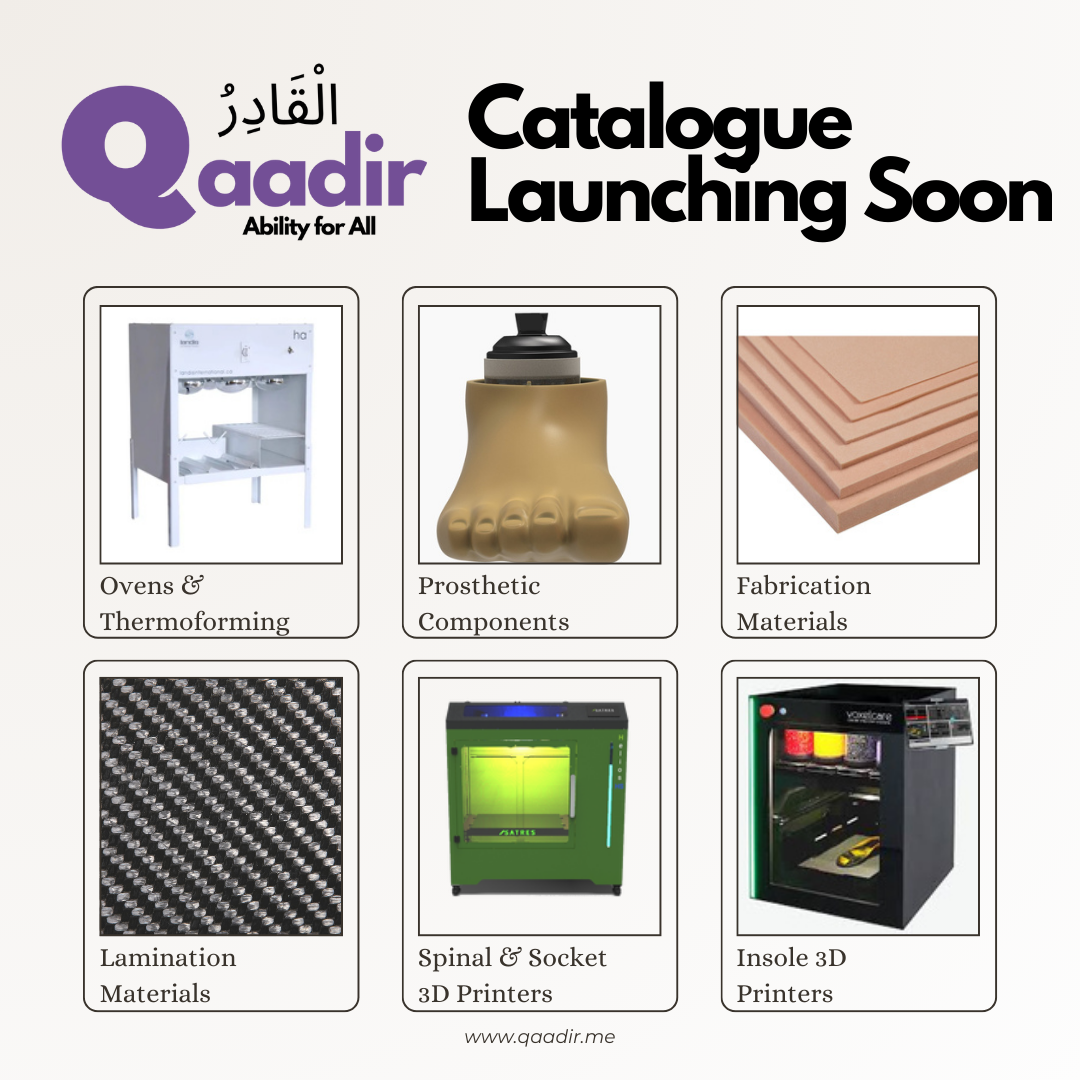
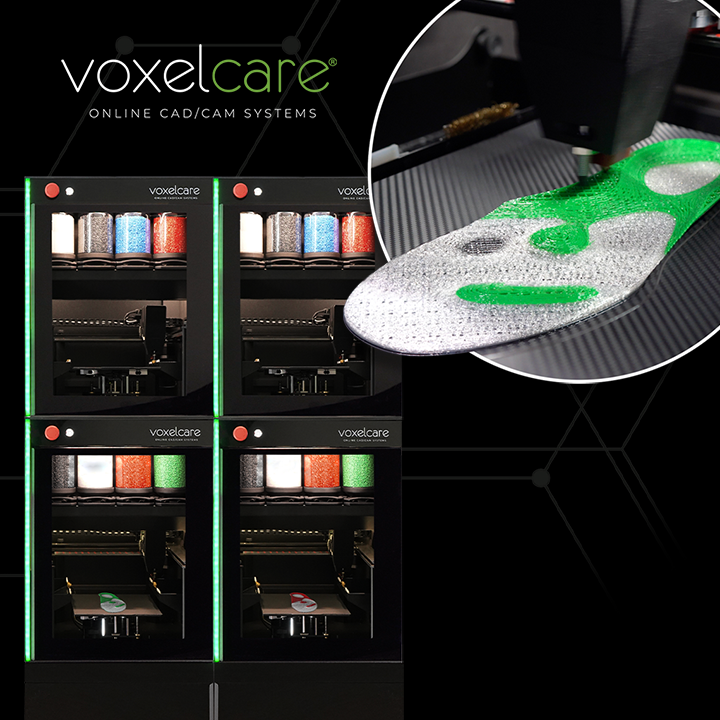
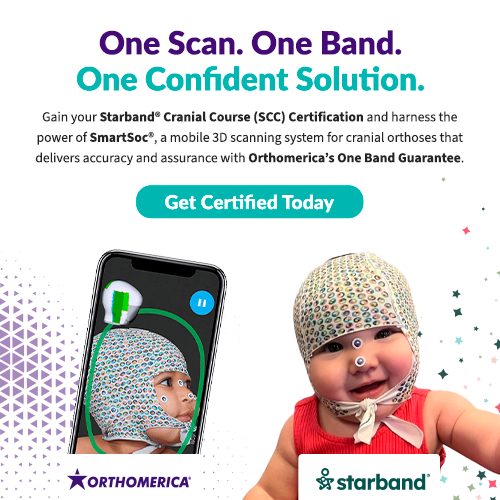
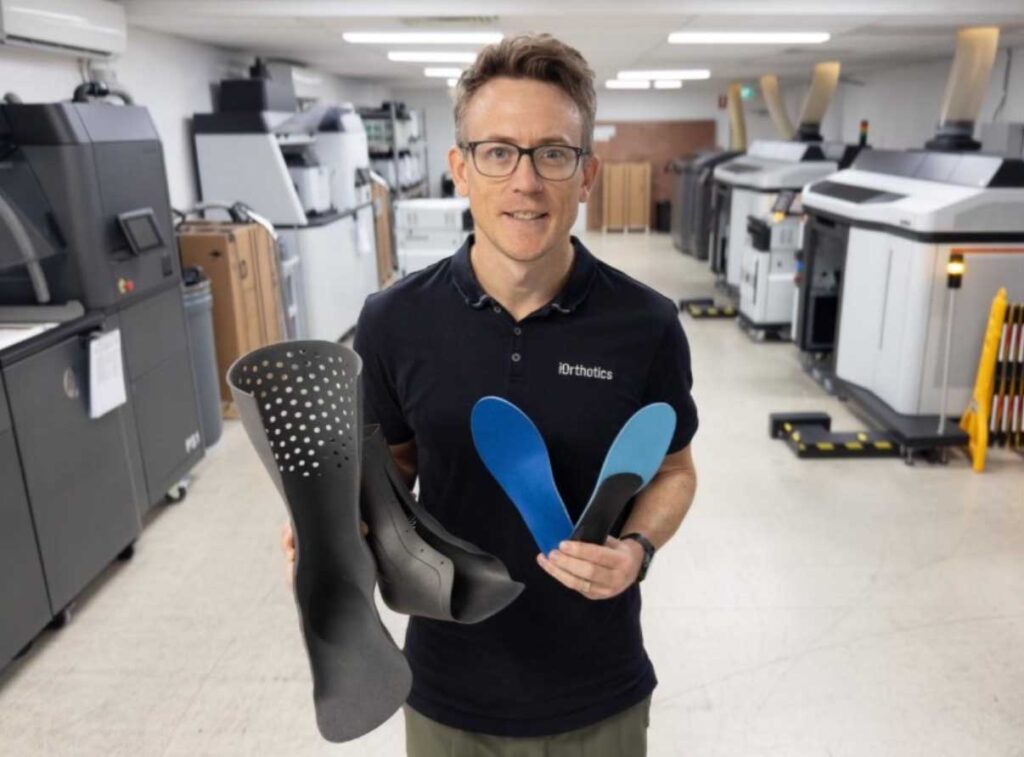
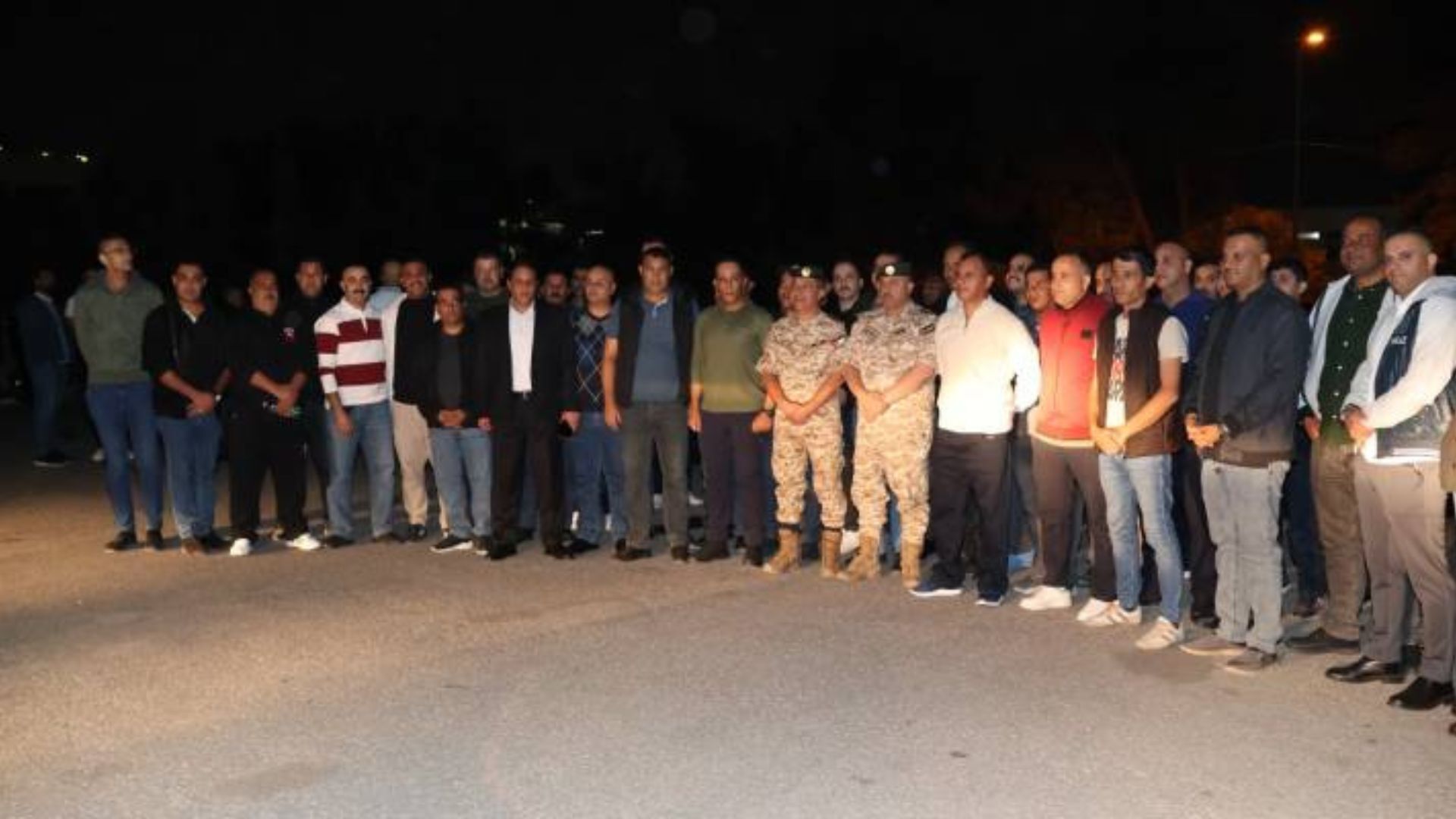
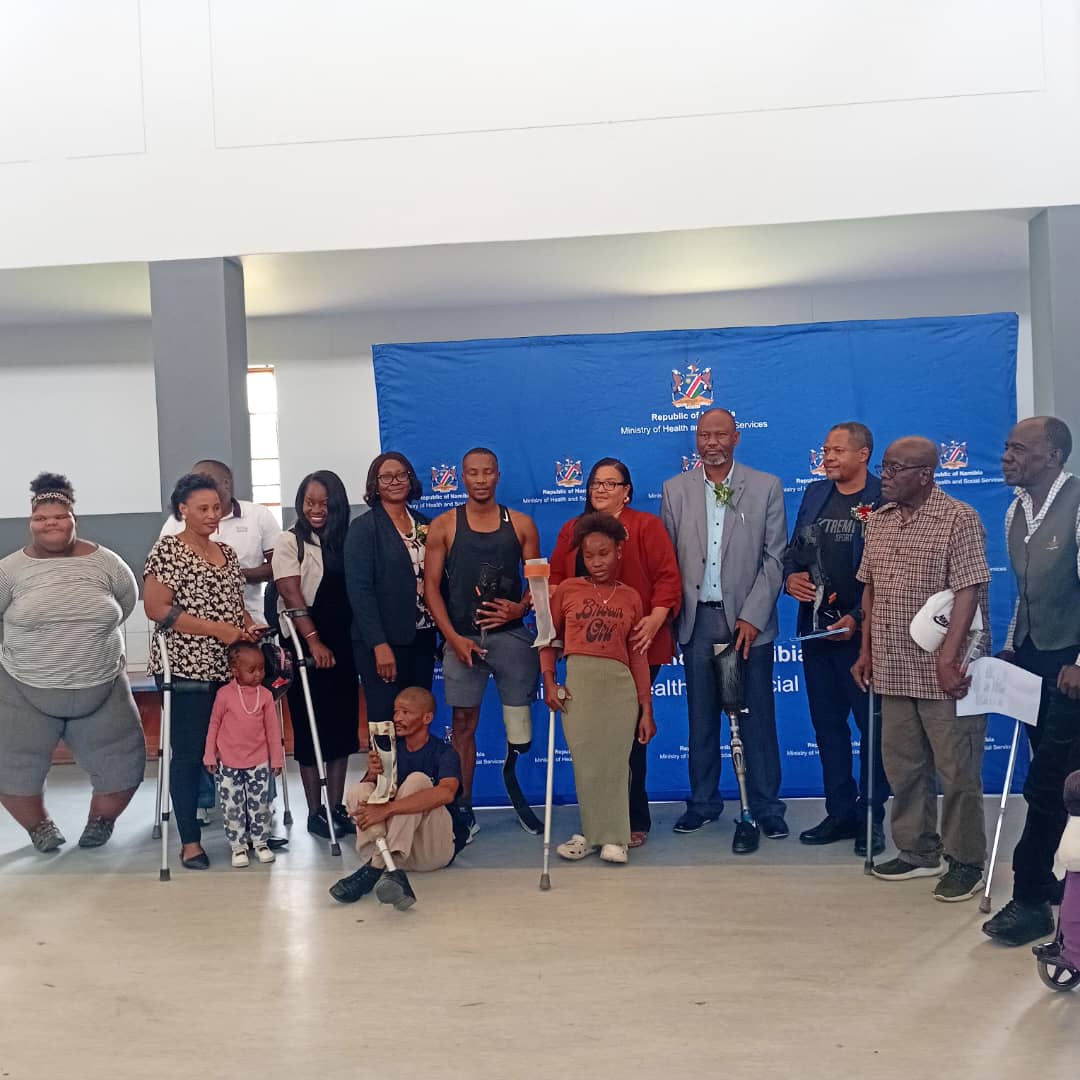
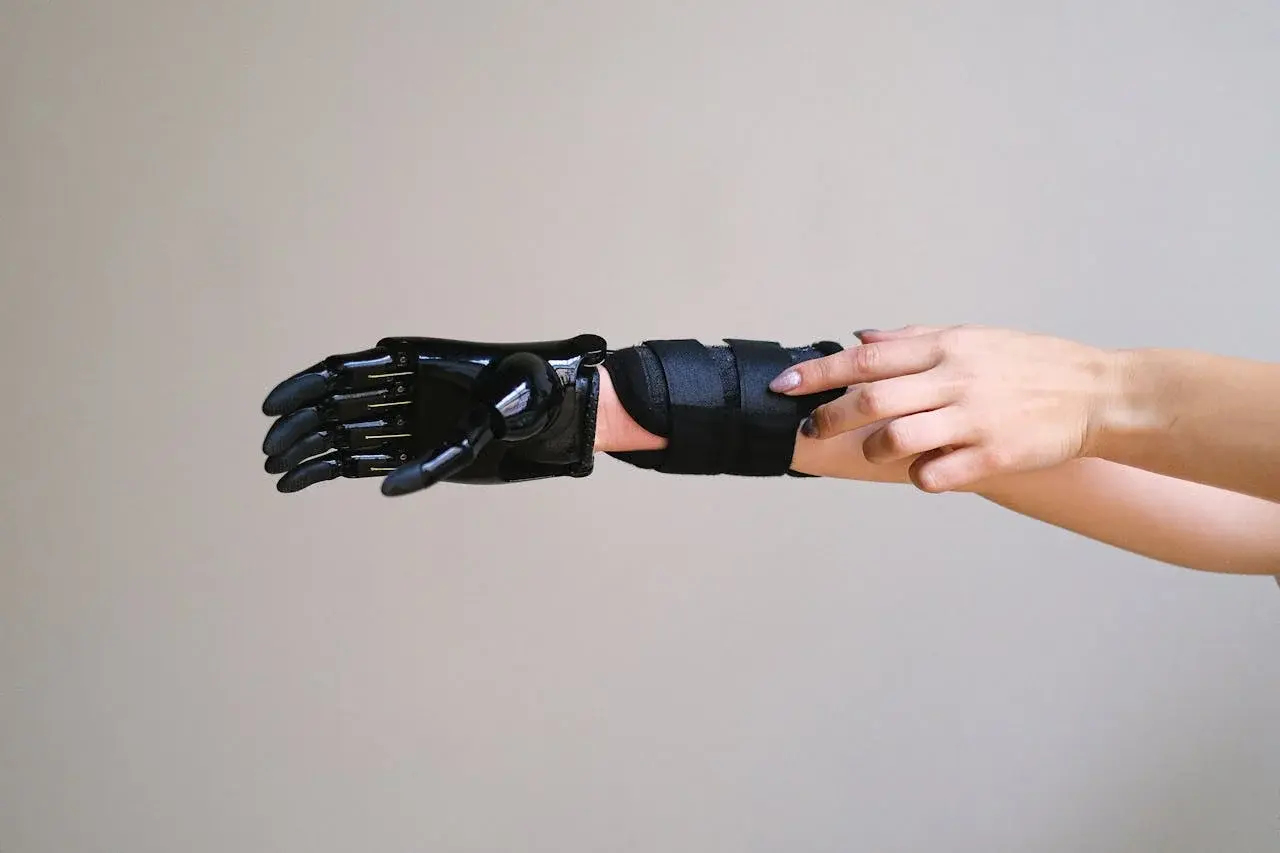
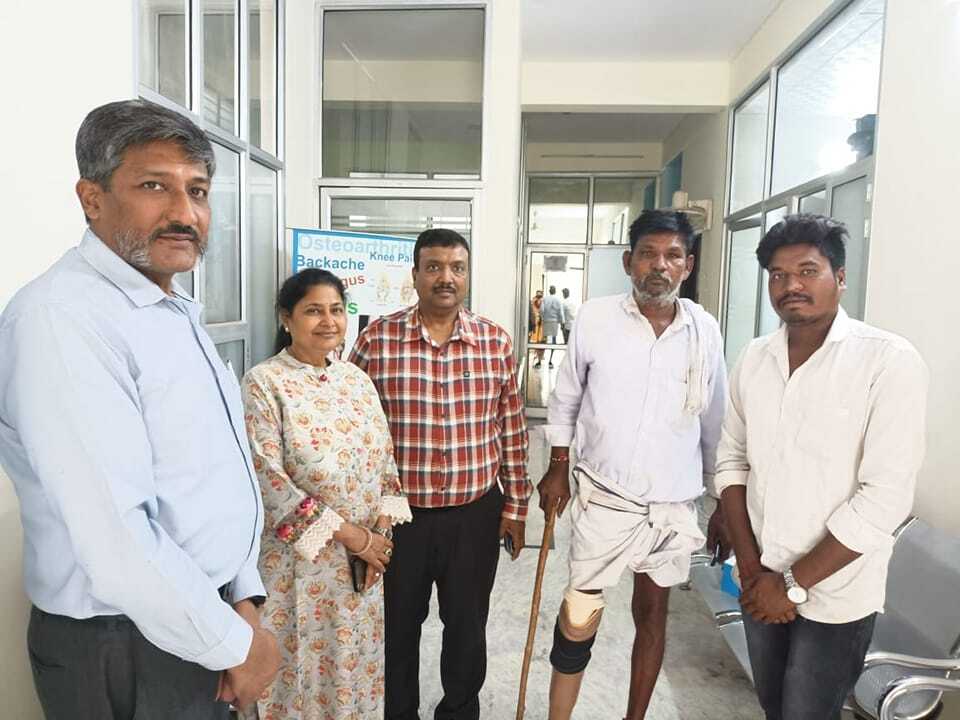
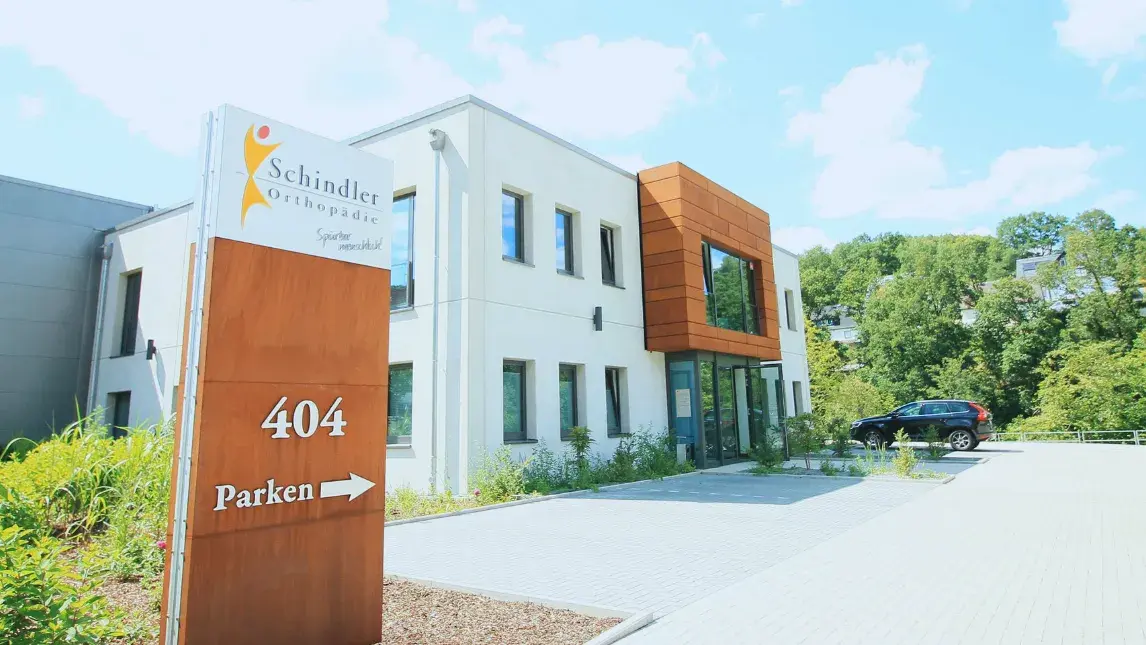

-1.png)
